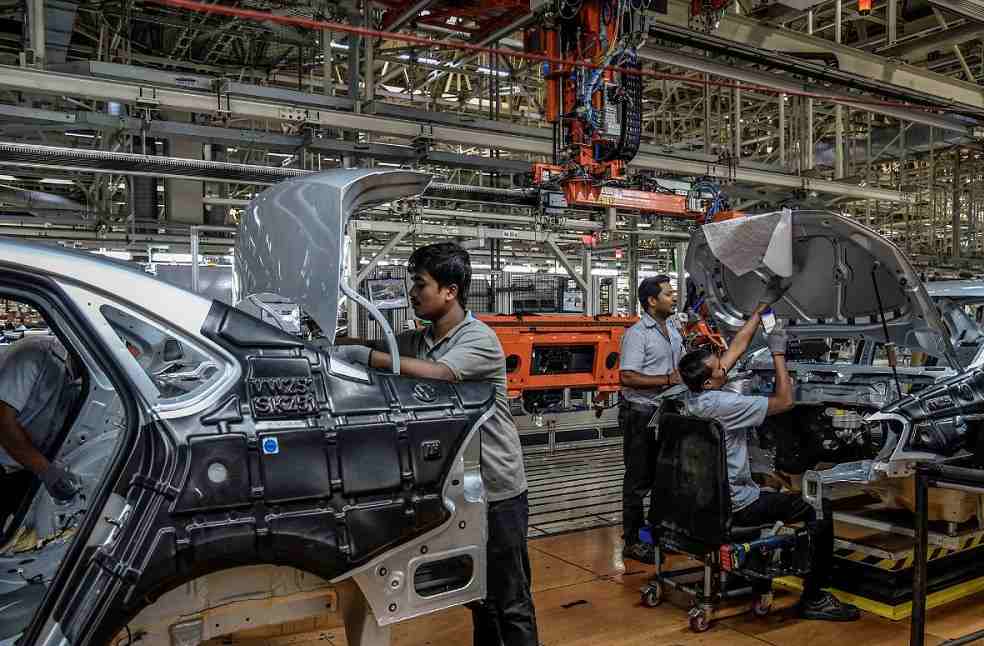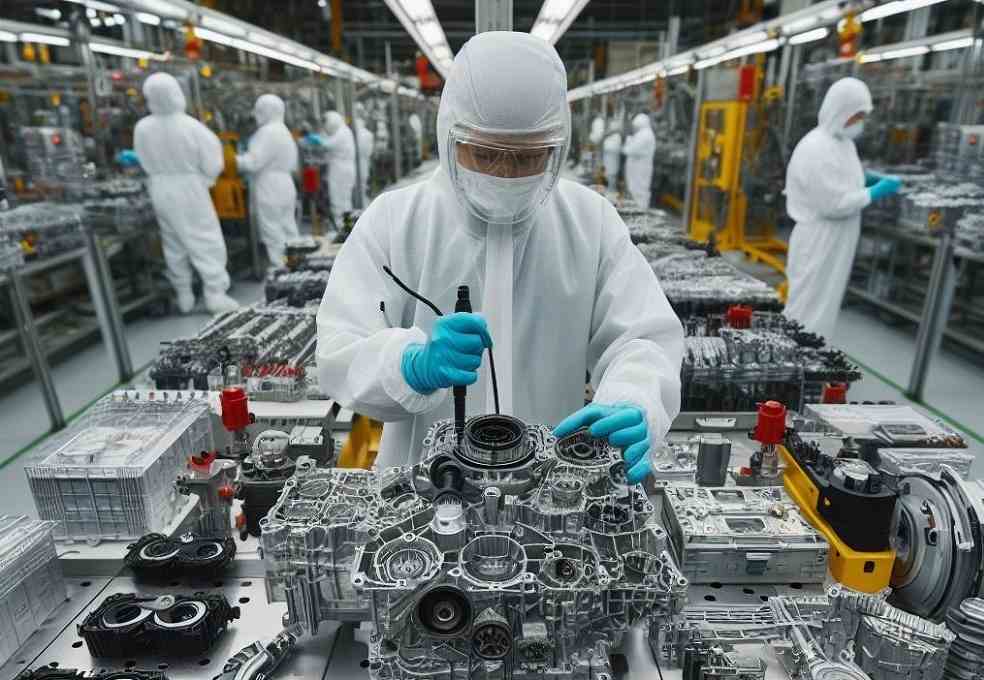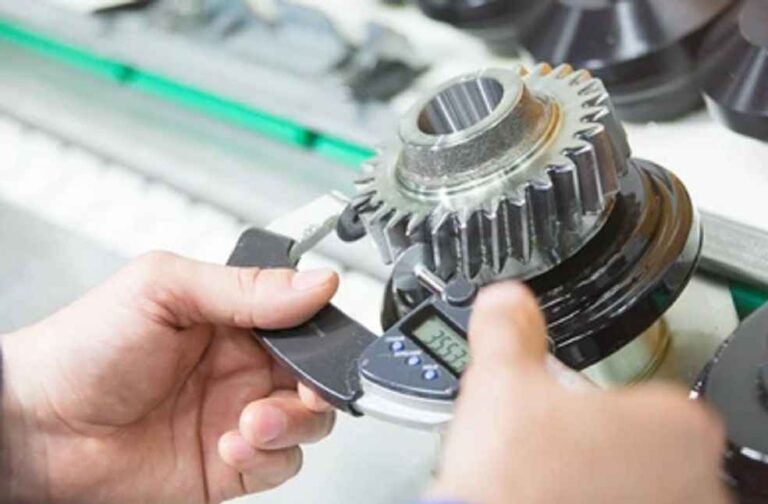India’s auto component industry projects unwavering confidence in its trajectory, despite the nation’s fluctuating automotive market and slowed vehicle sales. The Automotive Component Manufacturers Association of India (ACMA) emphasizes capacity expansions and a rigorous push for localization as key factors ensuring the sector’s resilience and growth potential.
This financial year delivers a mixed performance across vehicle segments. With 44% of revenue coming from passenger vehicles, 25% from commercial vehicles, and 19% from two-wheelers, the auto component sector finds itself navigating complex market dynamics. Industry leaders stress that short-term downturns should not obscure the long-term investment and growth trends. ACMA President Shradha Suri Marwah points out that while the initial quarter witnessed a slower offtake in crucial segments, expectations lean towards a recovery in the coming months.

Growth for the sector is forecasted between 7-10%, building on last year’s 9.8% revenue rise to ₹6.14 lakh crore (74.1 billion). Investment remains strong, with projections of $2.5-3.0 billion earmarked for capacity expansion and technological advancements. This investment surge, propelled by major Original Equipment Manufacturers (OEMs) and their localization focus, enhances the industry’s competitive edge. Although current R&D spending lags behind global benchmarks, an upward trend aligns with the ongoing localization efforts.
Localization efforts have yielded positive outcomes for India’s trade balance within the auto components industry. The sector recorded a $300 million trade surplus during FY24, a reversal from the previous year’s $200 million deficit. Export growth outstripped imports, with exports increasing by 5.5% to $21.2 billion, while imports saw a modest 3% rise to $20.9 billion. China remains the largest import source, but India’s exports have consistently grown at double the rate of imports over the past five years. Marwah emphasizes the necessity of maintaining a higher export-to-import ratio, highlighting the industry’s role in creating and adding value on a global scale.

Two primary challenges confront the industry: a slowdown in electric vehicle (EV) sales and logistical difficulties. The EV segment, now contributing 6% to the industry’s turnover—up from 3% in the previous year—faces headwinds due to market saturation, infrastructure challenges, and uncertainties surrounding resale value and government incentives. Yet, the industry maintains a steadfast belief in the long-term growth of EVs.
Logistical issues also made major obstacles. Disruptions in the Red Sea, a crucial global trade route, have forced shipping companies to reroute vessels around the Cape of Good Hope, leading to increased delivery times and costs. Congestion at key Southeast Asian ports, such as those in Singapore, Sri Lanka, and China, has resulted in additional surcharges and inventory management challenges. Marwah notes that freight companies now impose a congestion surcharge of $1,000-$1,500 per container, adding further strain to the supply chain.
TRENSING | Chechen Leader Unveils Gun-Mounted Tesla Cybertruck





